Unknown Facts About Ramayana
1. Laxman lived without sleeping for the whole span of 14 years

Lakshman, the devoted brother of Lord Rama, gave up sleep for the entire 14 years of their captivity to protect Rama and Sita. Meanwhile his wife Urmila slept in his place. When they returned to Ayodhya after defeating Ravana, the goddess Nidra (goddess of sleep) made Lakshmana rest and Urmila woke up.
2. Ravana & Kumbhakarna had prior knowledge that he would be killed by Rama

The story begins when Jaya and Vijaya were cursed by forbidding the four young men from entering Vaikuntha, the abode of Lord Vishnu. They were reborn in different ages, Jaya-Vijaya as Hiranyakasipu and Hiranyaksa, then Ravana and Kumbhakarna, and later Kansa and Shishupala. Kumaras predicted the incarnations of Lord Vishnu in different ages like Varaha, Narasimha, Rama and Krishna. The tiger defeated Hiranyaksha, and Narasimha defeated Hiranyakasipu. Rama unjustly defeated Ravana and Kumbhakarna, while Kamsa and Shishupala faced Kṛiṣhṇa’s vengeance. This story emphasizes the importance of karma and the observance of the divine code of conduct, while evolving on earth.
3. Lord Rama gave the death penalty to his much-loved brother Lakshman
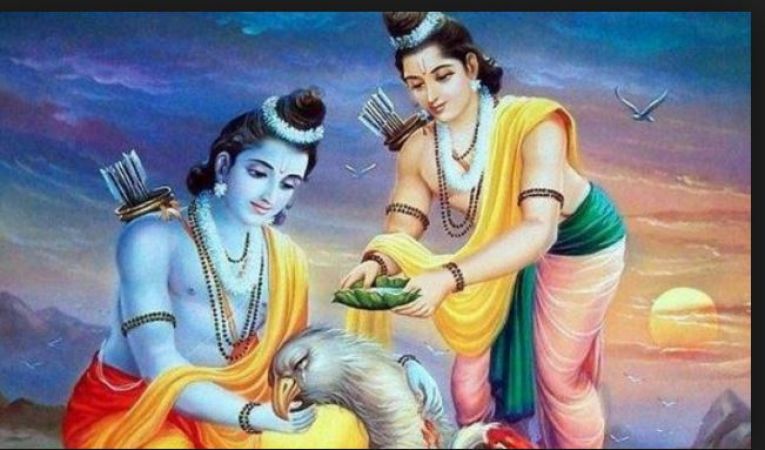
After making a vow to Yama, Sri Rama appointed Lakshmana as the gatekeeper so that his conversation with Yama would not be interrupted. Rishi Durvasa arrived and threatened to curse Ayodhya when Lakshman refused to enter. To protect the kingdom, Lakshman decided to cut off the conversation and possibly face death. In the face of this challenge, Lord Rama sought guidance from Guru Vasishta, who suggested a symbolic gesture to fulfill the vow without harming Lakshmana. Finally, Lakshmana listened to Rama and accepted symbolic death by drowning, proving his unwavering devotion to his brother.
4. Lord Ram’s wife Sita wasn’t King Janak’s own daughter
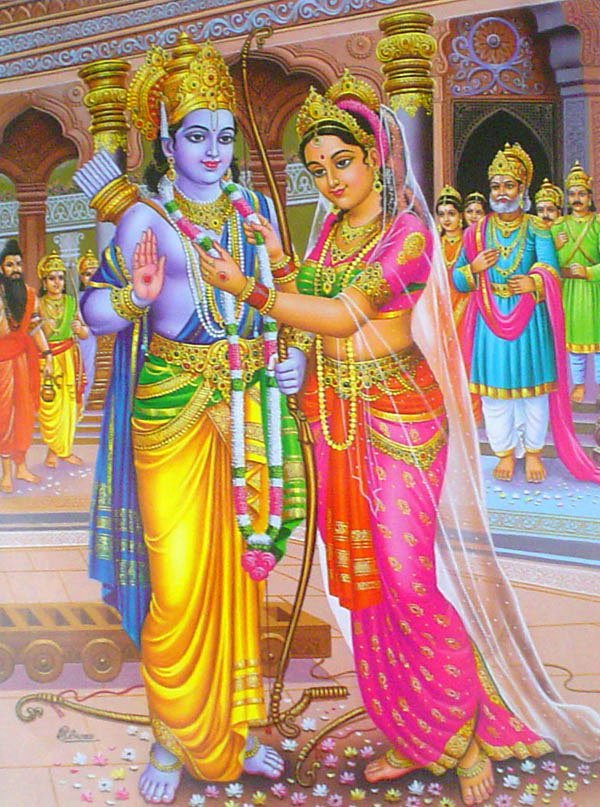
Wife of Lord Rama was not the biological daughter of King Janaka. His father found him in a ditch in a field he was plowing, believing him to be a divine gift from earth. Sita’s unique birth identified her as the daughter of Mother Earth. His purity, grace and virtue made him ideal for Lord Rama, and the combination of the two is famous for its divine significance. The story of Sita is an integral part of the Ramayana and symbolizes women’s strength, loyalty and devotion.
5. Story behind Ravana's 10 heads
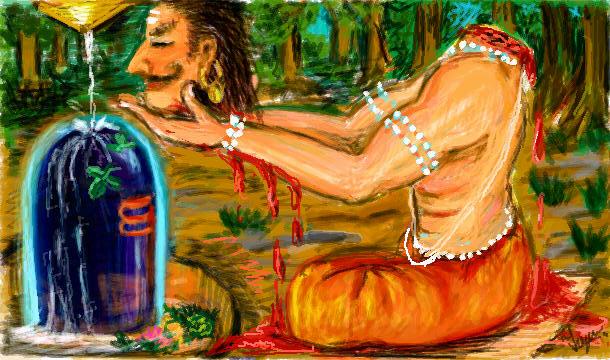
Ravana was a fierce and great devotee of Shiva, worshiped him and tried to please him, in order to fulfill the wish (vardana) of Lord Shiva, and for that he sacrificed his head to him ten times, when Pleased by Shiva , all 10 of them Heads returned to him.
6. Bali Defeated King Ravana

Bali was a good and strong demon king Ravana Bali’s secret lies in the grace of Lord Vishnu, which enabled him to take away half of his opponent’s strength. In a fierce battle, Bali used this power to withstand Ravana’s attacks, eventually destroying Ravana’s strength and defeating him. Notably, Bali chose not to harm Ravana despite his victory, imparting a profound lesson in humility and righteousness.
7. Sita had broken the shiv dhanush/Pinaka ( Lord Shiva's bow) during her childhood
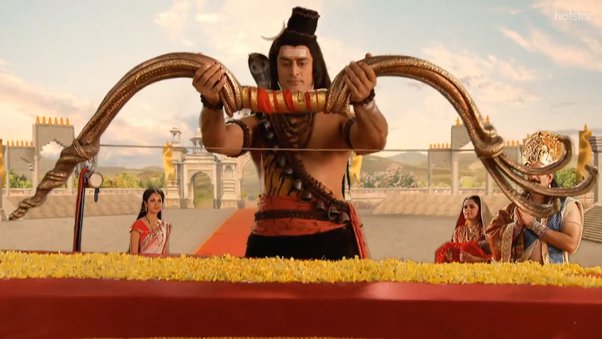
When Sita was just a little girl, her divine strength and destiny unfolded as she playfully picked up the great bow of Shiva and not only lifted it but broke it inadvertently This remarkable feat gave her’ father King Janaka who saw his divine form was astonished. Years later, when King Janaka arranged Sita’s swayamvara, he was reminded of the extraordinary incident of his childhood. In order to find a suitable match for Sita, he imposed a strict condition: the suitor must strike and break Lord Shiva’s arrow with a hammer. The broken arrow became a symbol of Sita’s extraordinary strength and her relationship with Shiva.
8. Nandi, the bull cursed Ravana

Lord Shiva devotional bull, curse Ravana | The story goes that Ravana, in his arrogance, tried to lift Mount Kailash, the abode of Lord Shiva. Not being able to move the mountain he became angry Nandi Nandi, a devotee of Lord Shiva, swore to Ravana that monkeys would destroy his city Lanka. This curse was central to the Ramayana, where Lord Rama and his army, including the monkey god Hanuman, did destroy the city of Ravana. The curse served as a reminder of the consequences of pride and disrespect for heavenly things.
9. Laxman killed Ravana's sons
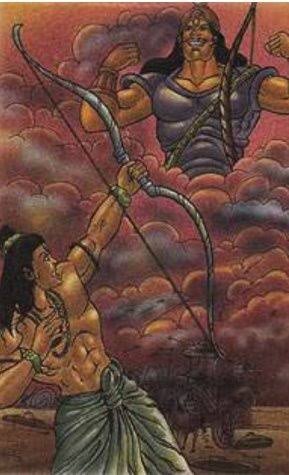
Lakshmana, the heroic warrior, met the sons of Ravana and the formidable warriors Indrajit (Meghnada) & Atikaya. In a series of great battles Lakshmana defeated and killed these three powerful princes. Indrajit with his mystical powers was particularly strong, but Lakshman’s skill and devotion to Rama prevailed. These events played a crucial role in Ravana’s final defeat and Sita’s rescue, which proved Lakshman’s unwavering loyalty and skill on the battlefield
10. Lakshman is considered to be an avatar of Sheshnag

Lakshman is generally considered to be the incarnation (physical) of the divine serpent Sheshnag. This belief stems from the idea that Lakshman had qualities associated with Sheshnag, such as great strength, unwavering loyalty, ability to protect and serve with devotion and Lakshman’s selfless devotion to Rama and sleep which he abandoned during their 14-year exile as a manifestation of Sheshnag’s protective nature. This association symbolizes Lakshman’s deeper connection with the divine, emphasizing his role as protector of the devotee and symbol of piety and brotherly love
